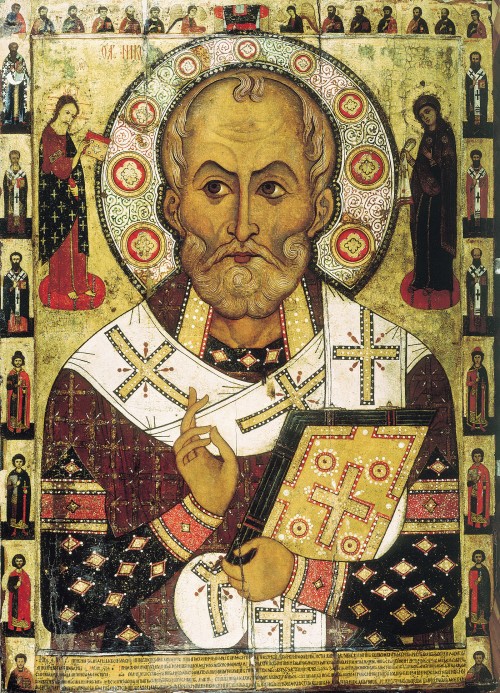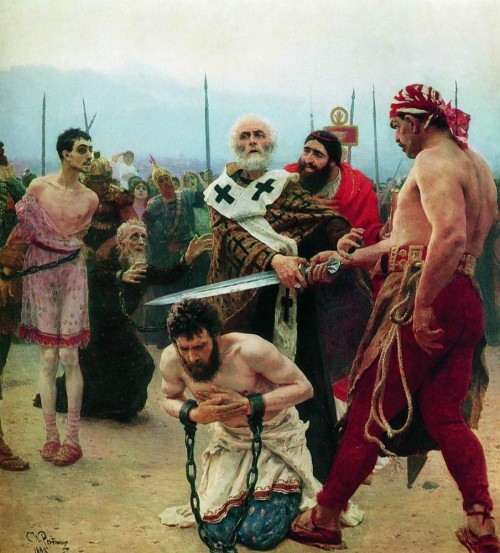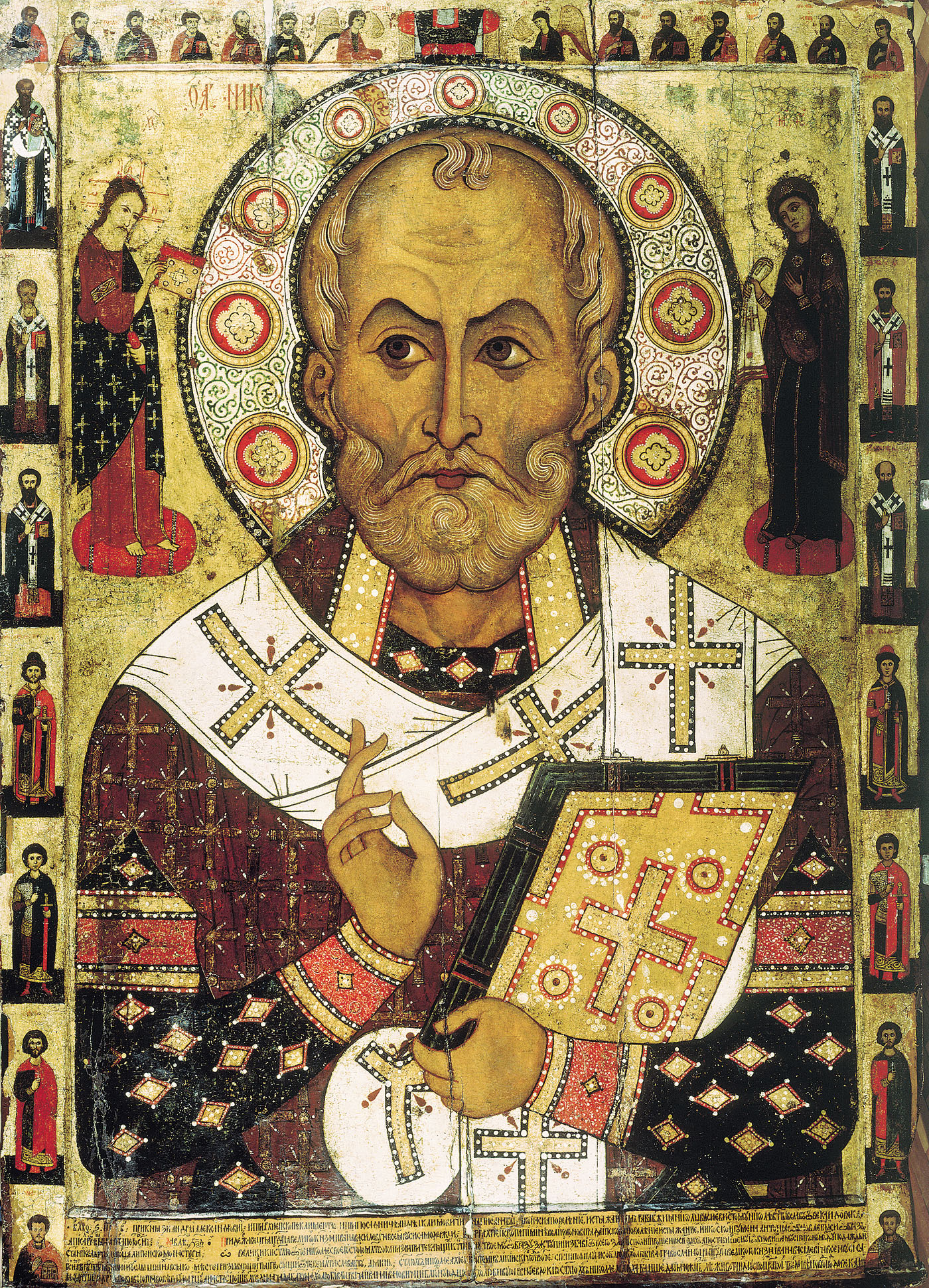
In the 3rd Century (approx 270 AD), a baby boy was born in Asia Minor (now modern day Turkey) who would completely change the way we see giving and the Christmas season.
Born the son of wealthy Christian parents, the boy was said to have been very religious from an early age.
After the boy’s parents died while he was still a young, the boy was raised by his uncle, the bishop of Patara.
The boys uncle taught him how to read, write and even tonsured him as a priest later on in life.
As a priest, he spent a brief time at his uncle’s monastery named Holy Sion, and he was later named Bishop of Myra.
In his role as Bishop of Myra, the priest also took part in the Council of Nicaea and argued for the inclusion of the doctrine of the Holy Trinity and the deity of Jesus as God. The doctrinal statement produced by the council, the Nicene Creed to this day includes specific affirmation about the deity of Jesus (unlike the Apostle’s Creed ).
Nicene Creed:
We believe in one God, the Father Almighty, the maker of heaven and earth, of things visible and invisible.
And in one Lord Jesus Christ, the Son of God, the begotten of God the Father, the Only-begotten, that is of the essence of the Father.
God of God, Light of Light, true God of true God, begotten and not made; of the very same nature of the Father, by Whom all things came into being, in heaven and on earth, visible and invisible…
Apostle’s Creed:
I believe in God,
the Father almighty,
Creator of heaven and earth,
and in Jesus Christ, his only Son, our Lord,
who was conceived by the Holy Spirit,
born of the Virgin Mary…
However, the priest’s legacy comes from the many stories centered around his obedience to the words of Jesus: “sell what you own and give the money to the poor.”
Led by his faith, the priest used his entire inheritance to assist the needy, the sick, and the suffering.
Stories continue to be told of how the priest would secretly visit the homes of children and leave small treats or coins in their shoes left out overnight.
And as the years pass, the stories of this priest and his generosity grew.
One such story suggested that a poor man had three daughters. It was customary for the father of daughters to give perspective grooms a dowry of great value (in addition to their daughter’s hand in marriage). However, without a large dowry, the daughters were destined to be sold into slavery. Yet, before the young women were sold off mysteriously, three bags of gold appeared in the home at different times. The bags were tossed through an open window and landed in stockings hung by the fireplace to dry. Some versions of the story vary and suggest that gold balls were given instead of bags of gold.
Another story tells of how this humble priest fought for the people of Myra who were pleading for tax relief from the emperor Constantine. The bishop pleaded their cause to Constantine and the emperor granted a large reduction. He gave the bishop a copy of the order and he immediately put the document on a stick and threw it into the sea. As soon as the document was found it was taken to the authorities in Myra and the reduced tax rate was put into place. However, Constantine’s finance ministers were alarmed that the lost revenue would harm the empire. So Constantine summoned the bishop and demanded he return the order. The bishop assured him that the order was already in effect in Myra and a runner was sent to determine the truth. With the bishop’s words confirmed, the reduction in taxes were allowed to stand.
Other stories suggested this simple priest could calm the waves – and thus became the patron saint of sailors.
Stories were told of how he also provided for children in countless ways – including raising three murdered boys from the dead.
Another story tells of how he saved three men set to die by execution by grabbing fearlessly grabbing the raised executioners sword and throwing it to the ground.

And despite the flashy red coat and “eight tiny reindeer” we’ve now come to associate with this simple priest (thanks in large part to Thomas Nast and Clement Clarke Moore or was it Henry Livingston?), St. Nicholas reminds us all of the simplicity of Christmas and the joy that can come from sacrificing for others.
sources:
St Nicholas Center
Saint Nicholas (wikipedia)
Santa Claus (wikipedia)
